Introduced by Pentax in 2008 with an APS-C-sized CCD sensor with a 10MP resolution, the K-m is fitted with a Pentax KAF2 lens mount and is targeted as a compact and entry-level model, lighter and without the weather sealing of the 10MP CCD sensor K200D and the 14.6 CMOS sensor K20D, though sharing the same viewfinder and LCD screen with both.
The K-m is powered by 4 AA Lithium, Ni-MH Rechargeable, or Alkaline batteries. The camera was also designed to be adaptable to the plastic mount Pentax DA-L-series lightweight kit lenses, designed for KAF2-mounted Pentax digital cameras with APS-C sensors.
The KAF2-mount, a follow-up from the KF, KA, and KAF mounts, was Pentax's development sequence for adding auto-focus features to its lenses. The first KA-mount, for example, allows the lens's aperture to be set by the body, which enables shutter priority and program auto exposure modes.
The Pentax K-m was upgraded to the 12MP CMOS sensor Pentax K-x in 2009.
First Use
The camera I acquired, which should be about 15 years old now, came in still spick and span, looking pristine and almost new with its kit SMC-Pentax-DA 1:3.5~56 18-55mm AL lens, powers up good with a new set of 4xAA batteries, and shows a few hiccups with the initial setting which was eventually rattled out. The first few JPEG shots with the camera were an eye-opener, the images turned out to be better than I expected, and I was delirious with joy.
I posted one of the images to www.camerashuttercount.com with a corresponding result that the shutter count on the camera was only 2133, fantastic!
The camera's body, with its deep and relatively narrow hand grip, is just right and comfortable for my smallish hand. Simple and easy-to-operate controls, with all button controls located to the right of the LCD screen and, added to the user-friendliness of the camera. Aside from the arrow pad, there are the Play, Info, Menu, and Delete buttons, and directly above the Play button is an ‘e-dial’ for adjusting aperture, shutter speed, sensitivity, and EV compensation settings.
An AF button on the top right rear corner of the camera can be used to lock the focus or, alternatively, re-programmed to work as an AE lock. On the opposite side of the rear panel is another button for raising the pop-up flash. The viewfinder, with diopter adjustment, covers 96 percent of the sensor’s field of view with roughly 0.85 times magnification. Superimposed on the image screen is the AF frame with indicators showing the five sensor points.
The Mode Dial
The Mode Dial on the top panel of the camera is sectioned into 13 Capture Mode settings. These are split between the Picture mode, which has a pre-set for Auto Picture, Portrait, Landscape, Macro, Moving Object, Night Scene Portrait, and Flash Off, and the Exposure mode, which carries the P (Program AE), Sv (Sensitivity Priority), Tv (Shutter Priority), Av (Aperture Priority) and M modes. Between them is a Scene mode that accesses a sub-menu containing pre-sets for Night Scene, Surf & Snow, Food, Sunset, Stage Lighting, Kids, Pets, Candlelight, Museum, and Night Snap modes.
The Auto Picture mode is a pre-programmed setting to automatically set exposure parameters to match Portrait, Landscape, Macro, Moving Object, and Night Scene Portrait settings. When no match is available, the Auto Picture mode will default to normal auto exposure. The other two buttons on the top panel: the AV +/- and Help buttons set exposure compensation in modes where it is supported and is used to change aperture values in Manual mode, while the Help button displays details of the selected shooting mode.
LCD Display
The 2.7 inch 230,000 dots LCD display is a simplified user interface design with information graphics, styled along the line of other manufacturers’ entry-level DSLRs. On Power-up, the monitor will briefly display a screen indicating the selected shooting mode plus the current date and time. It will then default to the data panel display, which shows the shooting mode, aperture and shutter speed settings, exposure compensation, and frame number.
Pressing the OK button on the arrow pad opens direct access to the settings in the lower half of the display. The arrow pad buttons are used to navigate from one adjustment parameter to the next while turning the e-dial changes settings within the selected parameter.
Battery and Camera Body Weight
The Penta K-m tips the scale at 525 grams body only and is powered by 4xAA Lithium, Ni-MH Rechargeable (recommended), or Alkaline batteries. At normal working temperature (23° C), a set of 4 Ni-MH rechargeable will support the camera for up to 1100 shots (640 with flash used for 50% of the shots, 500 when flash is used all the time).
Playback time on a set of Ni-MHs is approximately 510 minutes.
SMC Pentax-DA 1:3.5~5.6 18-55mm AL
The SMC Pentax-DA 18-55mm 1:3.5-5.6 AL (27-83mm 35mm full frame equivalent) is Pentax’s answer to the ubiquitous ‘kit lens’ concept, with a difference. Instead of taking the approach to build a lens at the lowest cost possible, Pentax opted, instead, for an effort to produce an optic solution that feels well-made with desirable features that appeal to serious photographers as well.
The design of the AL incorporates a non-rotating front element for filter users and the Quick-Shift Focus System which allows for a full-time manual focus while in autofocus mode. The lens, a 12-element in 9-group construction, has a 35mm equivalent focal length of 27–82.5mm.
Early Images
Early images with the Pentax K-m, and SMC-Pentax-DA 1:3.5~56 18-55mm AL, out of the box.
'Tis Just A Beginning
Vintage cameras with CCD sensors are still plentiful at the lower end of the consumer market spectrum, often with prices that are easy pickings (at least while the market for them is still weak). Picking one from the multitude of camera types, brands, conditions, and offers, however, may not be as straightforward. You will have to be discerning enough to have the proper notion of the type and make of the camera you want, and need in terms of accessories and support available for the model you are after.
Just like their modern counterparts, vintage digital cameras need a power source to start with, a specific type of battery and charger to be more precise, media storage, software for image processing and transfer between camera and computer, and just as imperative, the right connectivity and interlink cables.
Image rendering from CCD sensors, known to be of high quality with low noise (grain), better color accuracy and uniformity, and higher sensitivity, does have a different look and feel compared to images generated by CMOS sensors, with many referring to them as film-like. Having one to expand your hobby may be enough to satiate your interest for a few more yeast. We may not know what's on the horizon, but let's just enjoy the day as it comes.

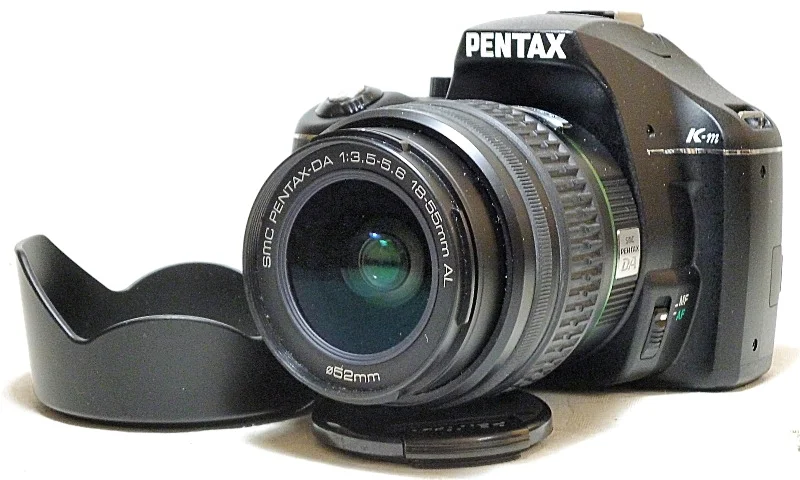
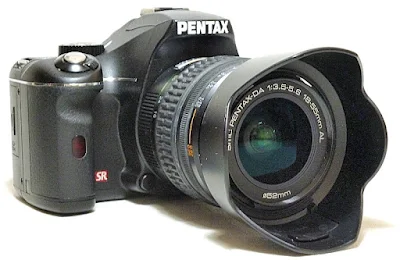
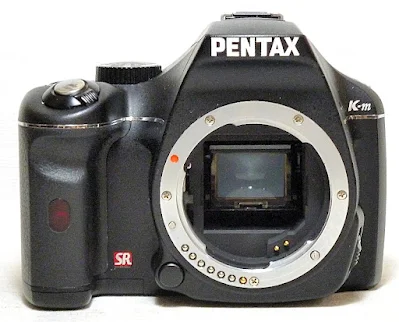
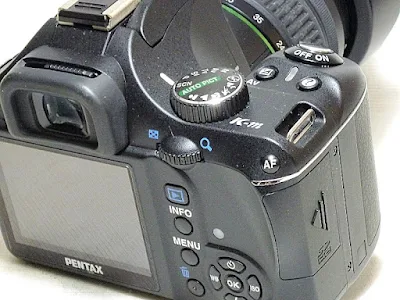
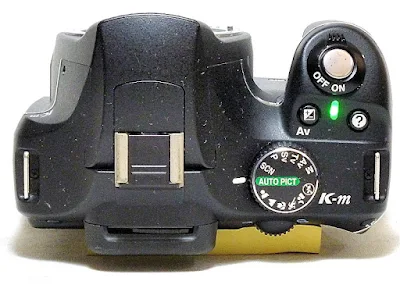

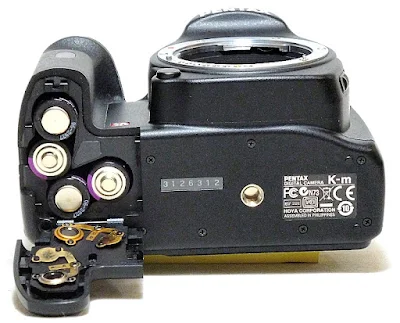























No comments:
Post a Comment